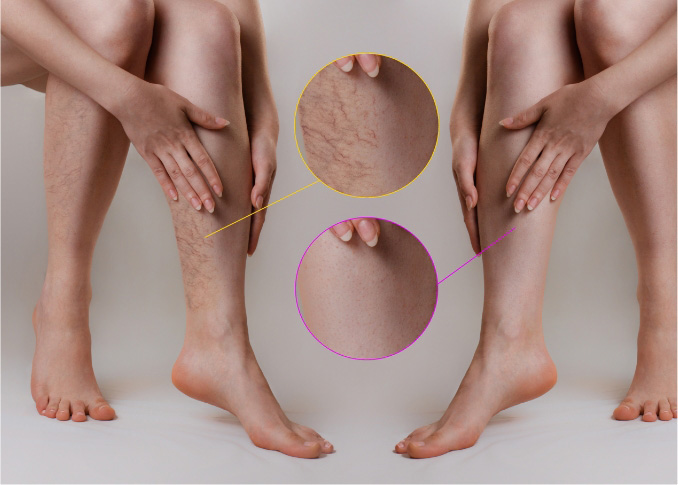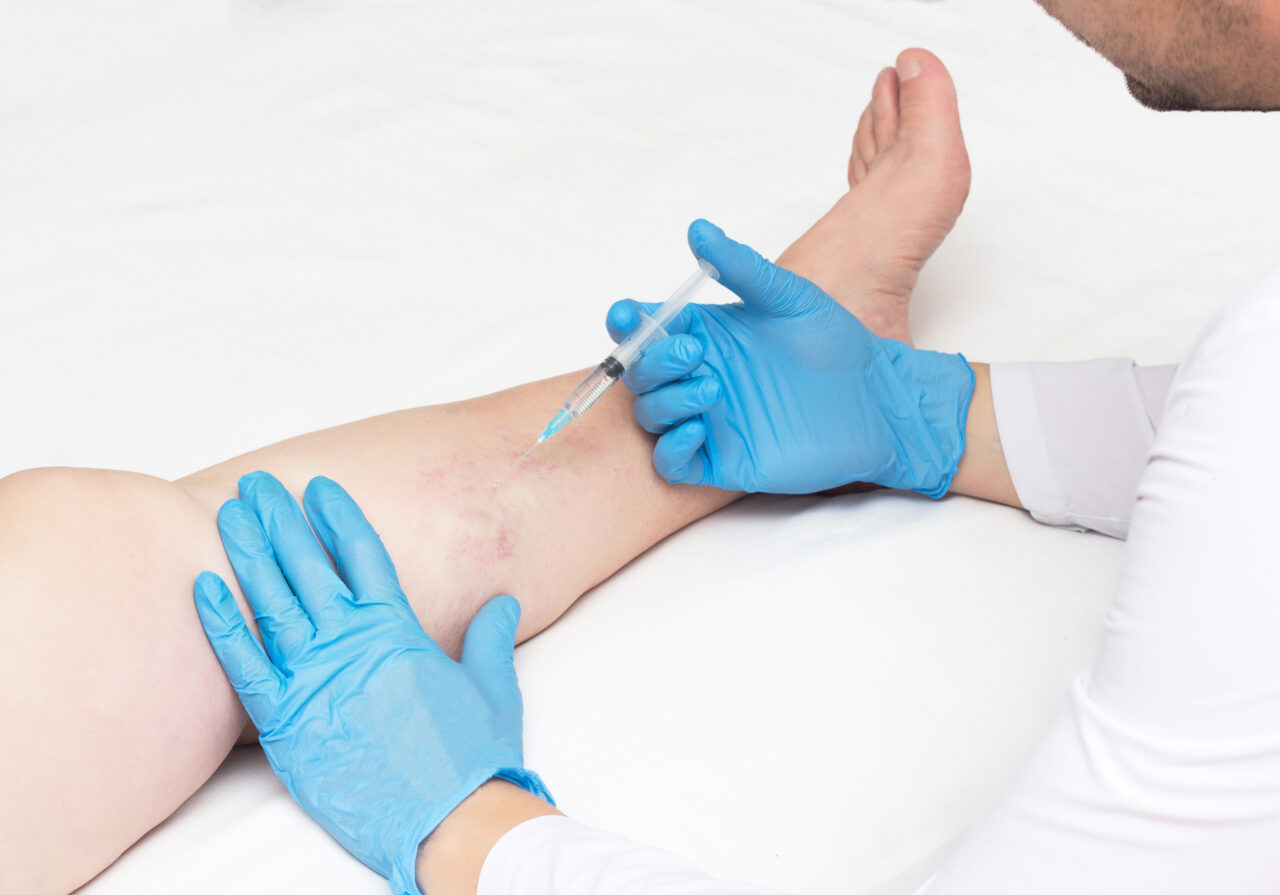Do Spider Veins Come Back After Laser Treatment?
Spider veins can be a frustrating cosmetic and medical issue. Thanks to modern technology, laser treatment offers a non-invasive way to diminish their appearance. However, one of the most common concerns people have is: Do spider veins come back after laser treatment? Understanding what to expect from treatment and how to choose the right vein treatment specialist can make all the difference in your results.
What Are Spider Veins?
Spider veins are small, twisted blood vessels visible just under the surface of the skin. They usually appear on the legs or face and may be red, blue, or purple. While spider veins don’t usually cause pain, they can affect self-confidence and may signal underlying venous issues.
Several factors contribute to spider vein development, including genetics, pregnancy, hormonal changes, obesity, standing or sitting for long periods, and age. If you're dealing with spider veins, a qualified vein treatment specialist can assess your condition and recommend the best treatment plan.

How Does Laser Treatment Work?
Laser treatment uses focused light energy to heat and damage the affected vein. Over time, the vein collapses and is absorbed by the body, gradually disappearing from view. The procedure is minimally invasive, requires no anesthesia, and allows most patients to return to daily activities right away.
A vein treatment specialist will typically perform a physical examination and possibly an ultrasound to determine whether laser therapy is appropriate. They may also discuss other treatment options like sclerotherapy or radiofrequency ablation based on your specific condition.
Do Spider Veins Come Back After Laser Treatment?
This is the big question — and the answer is both yes and no.
Treated Veins Are Gone for Good
Once a spider vein has been effectively treated with laser therapy, that particular vein is unlikely to come back. The body absorbs the vein tissue, and it no longer functions or reappears. In this sense, the treatment is permanent.
New Spider Veins May Form
However, that doesn’t mean new spider veins won’t develop in the future. Laser therapy does not stop your body from forming new veins if the underlying causes — like genetics, hormonal imbalances, or poor circulation — continue. That’s why many patients may need maintenance treatments over time.
A vein treatment specialist can help you minimize the risk of recurrence by identifying the root causes and suggesting preventive strategies. These may include compression stockings, exercise, dietary changes, or improved workplace ergonomics.
Factors That Influence Recurrence
Not everyone has the same risk of developing new spider veins after treatment. Several factors can influence whether or not spider veins come back:
· Genetics: If your family has a history of vein issues, you may be more prone to developing new ones.
· Lifestyle: Sedentary behavior, standing for long hours, or obesity can increase pressure in the legs, encouraging vein formation.
· Hormones: Hormonal changes during pregnancy or menopause can cause new veins to form.
· Aging: As skin and blood vessels lose elasticity, new spider veins may develop more easily.
Your vein treatment specialist will take these into account when recommending a long-term care plan.
Why Choose a Vein Treatment Specialist?
General practitioners may offer basic guidance on spider veins, but a vein treatment specialist brings advanced training and diagnostic tools to the table. They can determine whether your spider veins are simply cosmetic or a sign of deeper venous insufficiency.
Specialists also provide access to the latest treatment options, from laser therapy to sclerotherapy and radiofrequency ablation. Their experience ensures a safer procedure, fewer side effects, and better cosmetic results.
Choosing a board-certified vein specialist increases your chances of successful treatment and long-term relief from recurring spider veins.

How to Prevent Future Spider Veins
Even after successful treatment, prevention plays a key role in maintaining smooth, vein-free skin. Here are a few tips from leading vein treatment specialists:
· Wear compression stockings: These improve blood flow and reduce pressure in the legs.
· Stay active: Regular walking or leg exercises can promote healthy circulation.
· Maintain a healthy weight: Excess weight places strain on your veins.
· Elevate your legs: Doing this a few times a day helps prevent blood from pooling.
· Avoid prolonged sitting or standing: Change positions frequently to improve blood flow.
A vein treatment specialist will create a personalized prevention plan based on your risk factors.
Conclusion:
So, do spider veins come back after laser treatment? The answer depends largely on your body and how well you care for your veins after treatment. While the treated veins are gone for good, new ones may appear if the underlying causes aren’t addressed.
That’s why partnering with a skilled vein treatment specialist is crucial. They can guide you through the treatment process, help you understand your risks, and offer practical steps to prevent recurrence. With the right specialist and a proactive approach, you can enjoy long-lasting results and the confidence that comes with clear, healthy skin.
Comments
Post a Comment